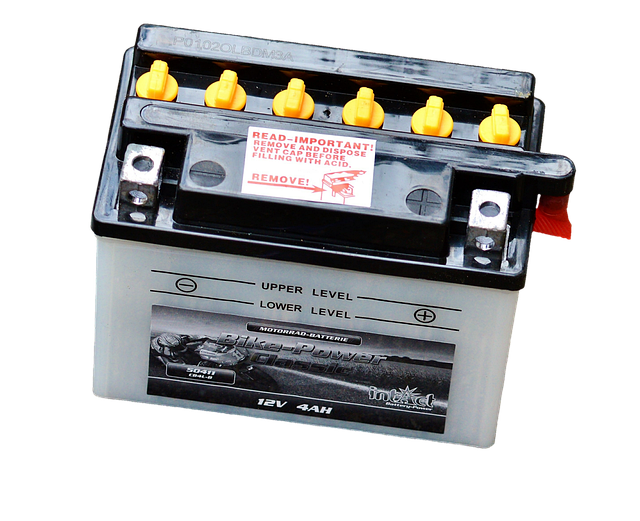The evolution of electric cars has brought forth an array of opportunities and challenges, particularly in the realm of battery capacity. As we navigate the future of automotive technology, understanding the pivotal role of battery capacity is essential for not only enhancing the driving range but also for improving the overall ownership experience.
One of the most significant advantages of electric vehicles (EVs) is their potential to minimize our reliance on fossil fuels. However, for many prospective buyers, the biggest concern remains range anxiety—the fear that an electric car will run out of power before reaching its destination. This is where battery capacity comes into play. Simply put, the greater the battery capacity, the more energy an electric car can store, enabling it to cover longer distances without frequent charging stops.
Consider the nuances of battery technology; it has seen remarkable advancements in recent years, leading to an increase in both the size and efficiency of these power sources. Modern electric cars are now equipped with high-capacity lithium-ion batteries that not only enhance range but also offer quicker charging times. Such innovations are not just technological triumphs; they represent a commitment to a sustainable future, where electric vehicles become a standard rather than an exception.
Moreover, battery capacity directly influences car performance and the driving experience. Enthusiasts who enjoy spirited driving will appreciate that a car with a higher battery capacity can deliver more power to the engine, providing a responsive and exhilarating ride. The ability to go from 0 to 60 miles per hour in mere seconds has become a hallmark of electric car performance, and this is fundamentally tied to the type and capacity of the battery used. Electric motors, powered by significant battery capacity, can produce instant torque, giving drivers an unparalleled thrill.
For current electric vehicle owners, regular car service becomes essential in maintaining optimal battery performance. Routine checks and maintenance not only help to extend the life of the battery but ensure that the vehicle operates at peak efficiency. Car parts related to the battery system, such as the battery management system (BMS), need to be monitored for any signs of wear or malfunction. A well-maintained battery can significantly affect the longevity and range of the vehicle, directly impacting the owner’s experience and satisfaction.
In the ever-evolving landscape of car news, advancements in battery technology continue to be a focal point. Manufacturers are in an intense race to develop the next generation of batteries that offer higher capacity, faster charging, and greater durability. As consumers become more aware of these innovations, they will be better equipped to make informed decisions when choosing their next electric vehicle. Knowledge about battery capacity not only influences purchasing decisions but also shapes the conversation around electric mobility, encouraging more eco-friendly choices.
Furthermore, the conversation around battery capacity extends beyond the individual car owner. It impacts urban planning, charging infrastructure, and the overall strategy for reducing carbon emissions. Cities are beginning to adapt to the demands of electric vehicles by enhancing public charging stations and implementing policies that support cleaner transportation solutions.
Ultimately, the journey towards a fully electric future hinges on our ability to unlock the potential of battery capacity. It plays a pivotal role in optimizing range for electric cars, ensuring that users can confidently switch from traditional gas-powered vehicles to a cleaner, more efficient mode of transportation. The quest for improved battery capacity is more than just a technical challenge; it’s a critical step towards a sustainable future that benefits all of us.




